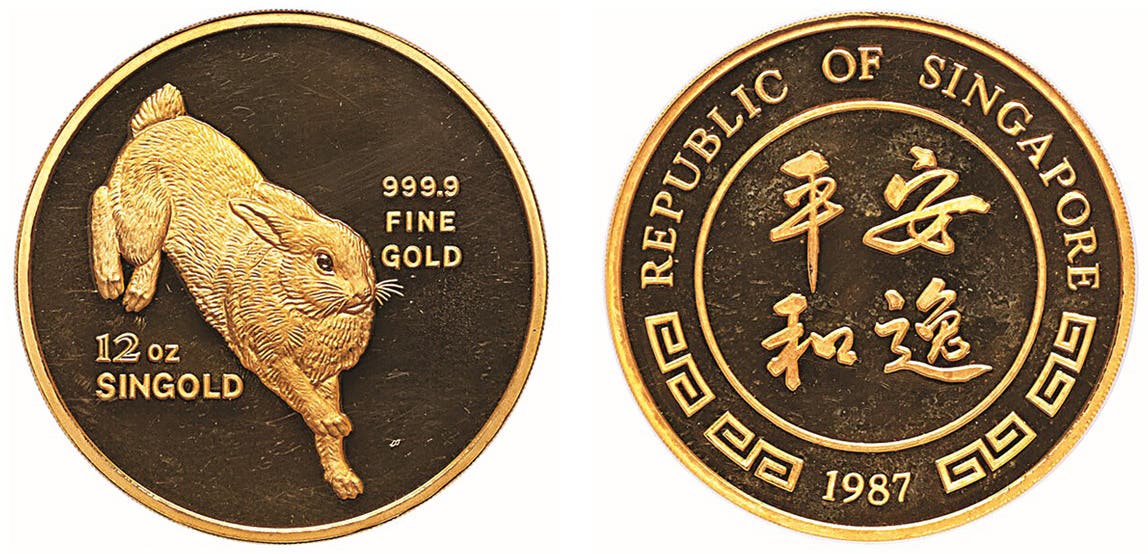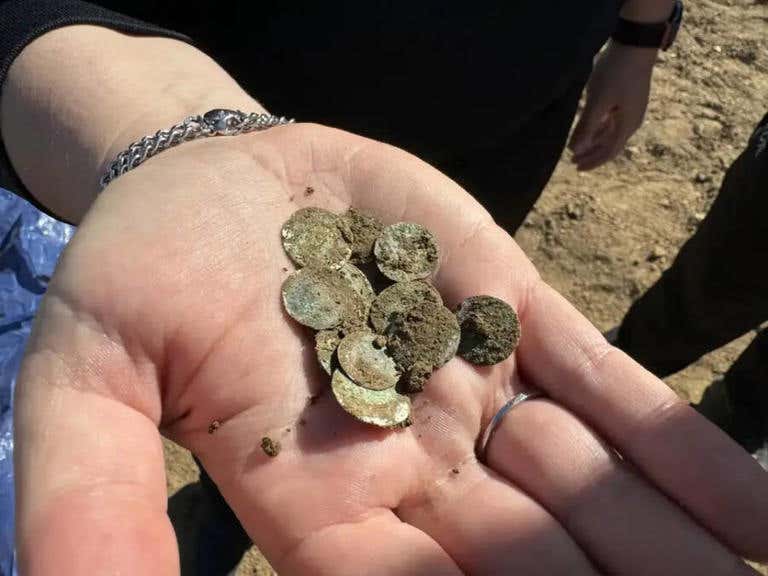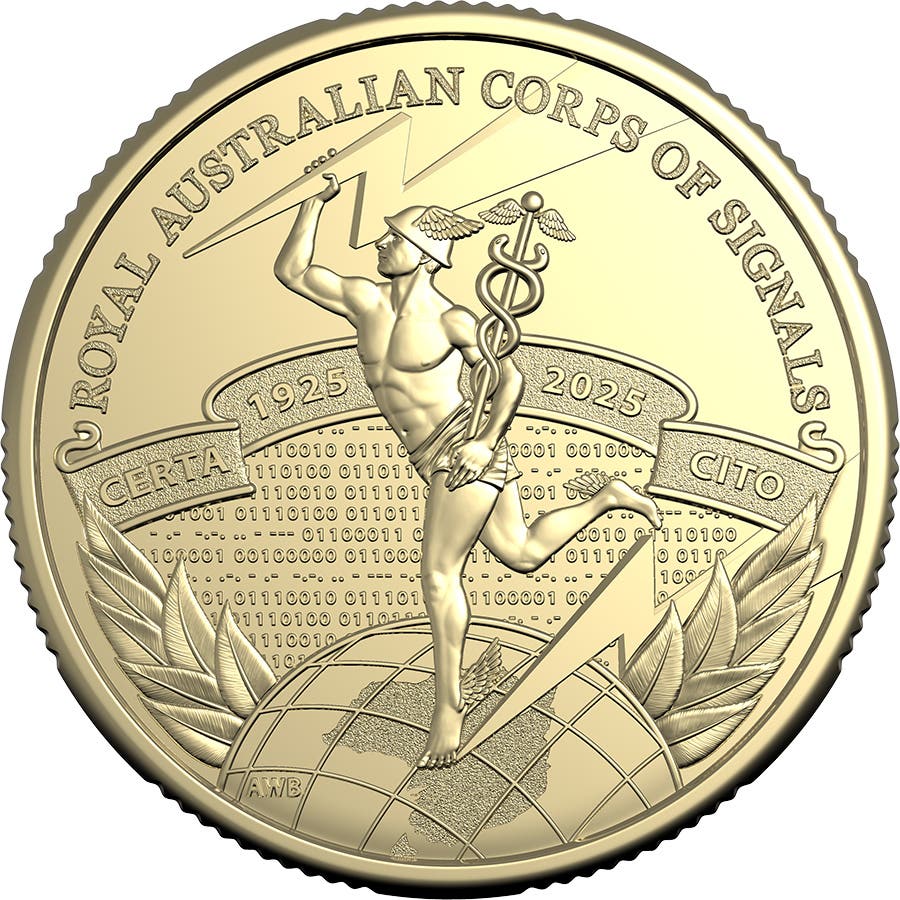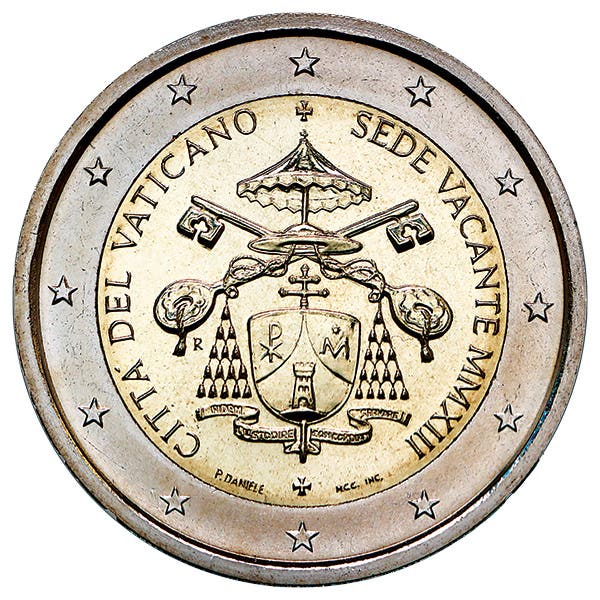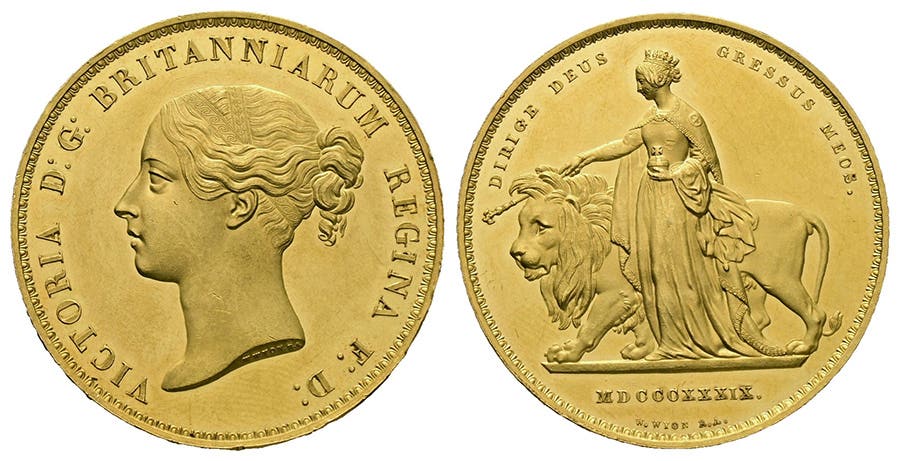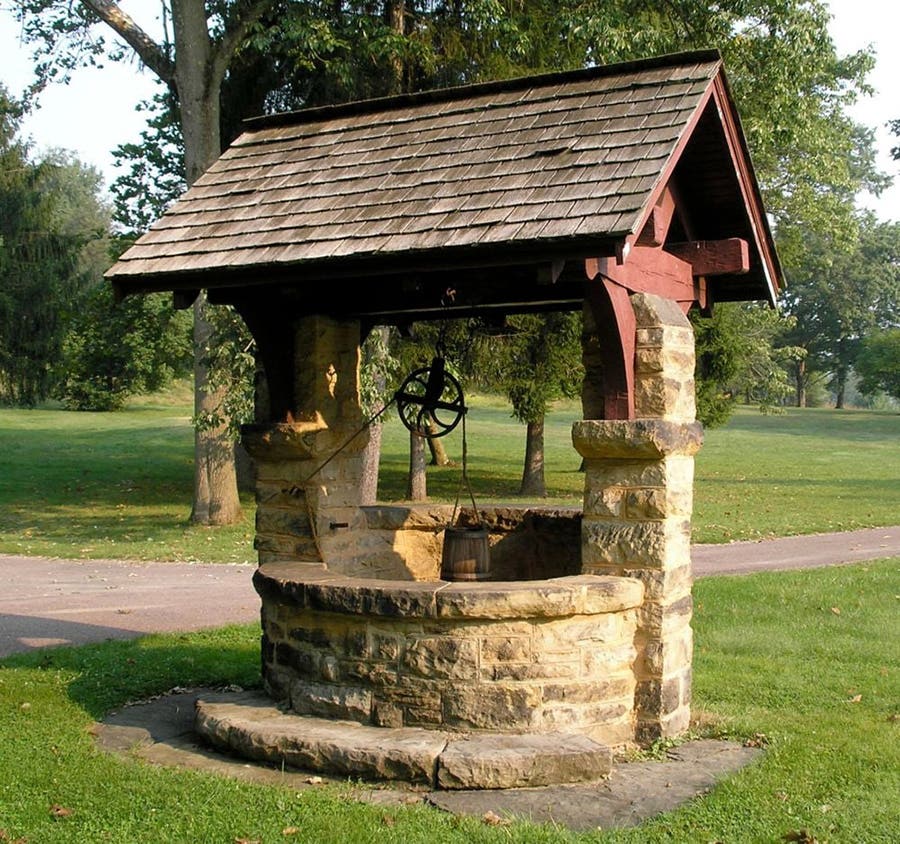UNESCO is Not Your Friend
The United Nations Educational, Scientific, and Cultural Organization is definitely not on the side of the collector. UNESCO is a United Nations agency meant to promote world peace and security…
The United Nations Educational, Scientific, and Cultural Organization is definitely not on the side of the collector.
UNESCO is a United Nations agency meant to promote world peace and security using international cooperation in education, the sciences, and culture. The word ‘culture’ is the key for the purpose of this article.
UNESCO has impacted a Memorandum of Understanding between the United States and other countries regarding not only the ability to import antiquities, but to import coins from some places as well. A posting on the American Numismatic Association web site reads, “The ANA fully supports the idea of protecting cultural property, but has consistently argued that ancient coins should not be included in MOUs for a number of reasons…there is no shortage of coins in museums in nations that have ancient specimens as part of their history, particularly Europe, the Middle East and China.”
According to the paper ‘The Convention on Cultural Property Implementation Act and Restrictions on the Trade in Looted Coins’ posted at CulturalHeritageLaw.org, “The US’s participation in the UNESCO Convention and its negotiation of bilateral agreements with countries experiencing pillage of their cultural patrimony are fundamental aspects of American cultural diplomacy. Carving out an exemption for coins would jeopardize existing bilateral agreements with China, Italy, Cyprus, Greece and Bulgaria that restrict the trade in undocumented coins and would interfere with current treaty obligations.”
Provision Section 7211 of the Fiscal Year 2021 National Defense Authorization Act/FY21NDAA, was under consideration at the time this article is being written. The provision is a US response to UNESCO’s cultural heritage policies.
Marcus P. Lubin is the senior principal of The DLM Group LLC, a government relations firm offering consulting and strategic planning services to its clients. According to Lubin, “House Financial Services staff advised us that the intent of this provision would be to authorize FINCEN (a Treasury entity) to impose a regulatory scheme similar to that already imposed on bullion dealers and jewelers. Such a regulatory scheme would make dealers of art and antiquities with $50,000 or greater gross revenue subject to the Bank Secrecy Act and all the costly and burdensome regulatory compliance requirements that such designation entails.”
Lubin continued, “We will need to in particular ensure that ‘antiquities dealers’ is defined as narrowly as possible and that any triggering thresholds are as high as possible.”
Peter Tompa is a Washington attorney who has defended the coin trade against import restrictions. Tompa said, “This [legislation] represents a set back and a challenge for collectors and the trade.”
UNESCO celebrated the 50th anniversary of the convention against illicit trade in cultural property in 2020. UNESCO’s Real Price of Art campaign was meant to showcase what UNESCO reported to be an estimated $64 billion annually in global trade in illicit antiquities, including coins. Objects used to illustrate the “dark truth behind certain works” in the campaign included a Palmyran bust of a woman, a ‘moon mask’ from the Ivory Coast, a Gandharan Buddhist head from Afghanistan, a pre-Columbian pot, and a panel from the Ghent Altarpiece by Hubert and Jan van Eyck.
Unfortunately, UNESCO’s ‘looted’ objects were not looted. The text accompanying the selected examples proved to be a pure fabrication. Most of the items illustrated belong legally to the Metropolitan Museum in New York. Specifically, the Buddha head has been in the museum collection since 1930 (UNESCO claimed it was looted from the Kabul Museum in 2001, then this represents a set back and a challenge for collectors and the trade (UNESCO claimed it was looted recently from the Palmyra Museum by Islamic State militants, then smuggled into the European antiquities market). The Ivory Coast mask has been in the United States since 1954 (UNESCO claimed it was looted during armed clashes in 2010-11). The Ghent Altarpiece by Hubert and Jan van Eyck had been stolen from a museum, not from an archeological dig site, in Belgium in 1934.
Furthermore, the $64 billion annual illicit antiquities sale statistic first presented by UNESCO’s Director of Culture and Emergencies Lazare Eloundou Assomo on Radio France Culture on October 24, 2020 has been challenged by The Art Basel Report. The Basel report is considered to be the leading international art market report. According to the report, the entire global art market, including all legal trade was $67.4 billion in 2019.
Assomo was previously challenged.during a February 20, 2019 British Broadcasting Corporation World Services’ Business Daily interview for giving what has been deemed to be “UNESCO’s repeated use of inaccurate figures for illegal trade.”
During the BBC interview Assomo defended his statements, saying: “I don’t think we should enter into a debate about whether these figures are right or not right,” while at the same time asserting that looting had increased.”
According to a 2020 Rand Organization report, the illicit trade in cultural patrimony is “not likely to be larger than a few hundred million dollars each year.”
A recent World Customs Organization report indicates the illegal trade in antiquities represents about 0.2 percent of the total of all criminal trafficking.
On November 13, 2020 the art dealers association CINOA filed a formal complaint with UNESCO. The complaint states that the UNESCO campaign, “is particularly iniquitous because it sets out to damage the legitimate international art market, not by using evidence to show that it is at fault, as claimed, but by deception. The fact that such deception was deemed necessary or even desirable could be interpreted as another demonstration UNESCO lacks the evidence and examples to support its claims.”
Scrambling to cover its tracks, UNESCO released a statement reading, “In an initial version of UNESCO’s campaign, the ‘Real Price of Art’, some posters displayed items from the Metropolitan Museum of Art (MET) database, which is in the public domain. UNESCO’s intention was to alert the general public by depicting objects of high cultural value, which should be on display in museums, presented in luxurious private interiors. UNESCO had no intention of questioning the provenance of items in the MET collection…UNESCO regrets the use of MET images that caused any misunderstanding.”
UNESCO has continued to push its agenda, trying to justify the campaign as “encouraging [the public] to exercise due diligence when purchasing cultural property.” The questionable materials were still posted on the internet as of December 1.



